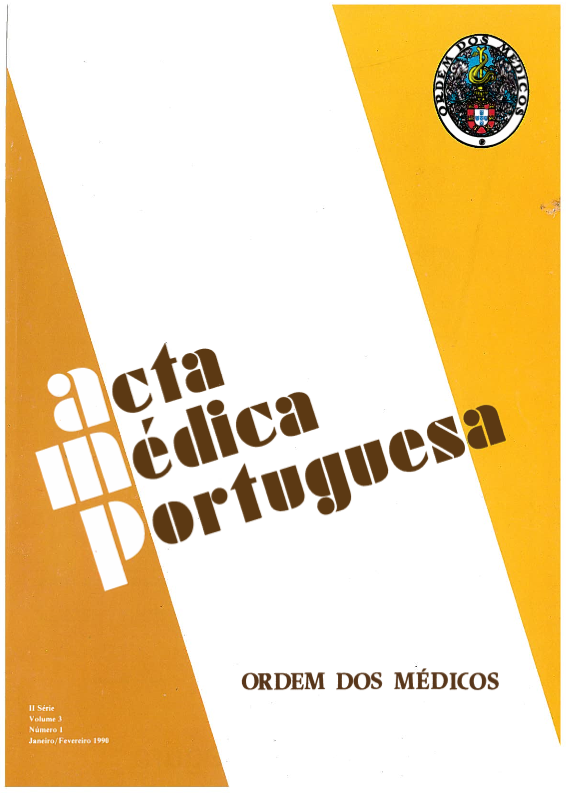Embolia pulmonar: uma abordagem diagnóstica.
DOI:
https://doi.org/10.20344/amp.4536Resumo
The diagnosis of pulmonary embolism (PE) has always been a major challenge to hospital practice. As a consequence of the significant failure in diagnosis using clinical criteria alone, more advanced methods like lung scintigraphy and angiography--although unavailable at many clinical centres--have definitely improved the diagnosis efficiency in PE. The author briefly reviews the utility of clinical, analytical, electrocardiographic, radiologic, echocardiographic and phlebographic approaches to PE diagnosis. Emphasizing the risks of empiric anticoagulation, the necessity of precise diagnosis using lung scan and arteriography is discussed. The use of two alternative algorithmic approaches is suggested as a guide for diagnosis of PE, depending on the availability of sophisticated diagnostic methods in medical units. In a final overview, the author reviews some of the new methods used in the diagnosis of PE, already established as clinically useful or in ways of becoming so.Downloads
Downloads
Como Citar
Edição
Secção
Licença
Todos os artigos publicados na AMP são de acesso aberto e cumprem os requisitos das agências de financiamento ou instituições académicas. Relativamente à utilização por terceiros a AMP rege-se pelos termos da licença Creative Commons ‘Atribuição – Uso Não-Comercial – (CC-BY-NC)’.
É da responsabilidade do autor obter permissão para reproduzir figuras, tabelas, etc., de outras publicações. Após a aceitação de um artigo, os autores serão convidados a preencher uma “Declaração de Responsabilidade Autoral e Partilha de Direitos de Autor “(http://www.actamedicaportuguesa.com/info/AMP-NormasPublicacao.pdf) e a “Declaração de Potenciais Conflitos de Interesse” (http://www.icmje.org/conflicts-of-interest) do ICMJE. Será enviado um e-mail ao autor correspondente, confirmando a receção do manuscrito.
Após a publicação, os autores ficam autorizados a disponibilizar os seus artigos em repositórios das suas instituições de origem, desde que mencionem sempre onde foram publicados e de acordo com a licença Creative Commons









